Description
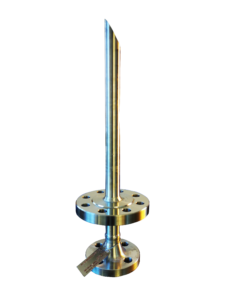
An EMT Sample Quill is a device used to safely inject chemicals into a pipeline or process stream. It typically consists of a tube or nozzle that extends into the flow, allowing for precise delivery of treatment chemicals like corrosion inhibitors or disinfectants. The quill’s design minimizes turbulence and ensures even distribution, enhancing the effectiveness of the injected chemicals. Made from corrosion-resistant materials, these quills can handle harsh environments and various chemical types. They’re commonly used in industries such as oil and gas, water treatment, and chemical processing to maintain system integrity and performance.
Pipeline corrosion refers to the aging of pipelines that transport liquids (such as petroleum and petroleum products) due to chemical reaction or other reasons for corrosion, mainly oxygen corrosion, bacterial corrosion and sulfur dioxide corrosion, etc., delaying the corrosion of pipelines, that is, pipeline corrosion prevention is an important part of pipeline maintenance, and one of the key points to promote the safe production of pipeline transportation industry. Using EMT Sample Quill can help you solve the corrosion problem of the pipes.
Besides the Sample Quill, Emt also provides many other types of chemical injection quills. For example, we provide chemical injection quills with DBB valves, with ball vales, or other valves. It is according to customer needs. As for nozzles, we also have many types to choose from. If you want to customize, feel free to contact us!
Selection Model
| Model | |||||||||||||||||||||||||||
| SI | EMT Sample Quill | ||||||||||||||||||||||||||
| -Code | Plug | ||||||||||||||||||||||||||
| Pxxx | Type | Material | Sealing Material | ||||||||||||||||||||||||
| 0 | No Request | 0 | CS | 0 | No Request | ||||||||||||||||||||||
| 1 | Hollow Plug Body | 1 | 316SS | 3 | DSS | 1 | Viton O-Ring / PTFE Primary Packing | ||||||||||||||||||||
| 2 | Solid Plug Body | 2 | 316LSS | 4 | INCONEL | 2 | HNBR | ||||||||||||||||||||
| – Code | Injection Nut | ||||||||||||||||||||||||||
| Nxx | Connection Size | Material | |||||||||||||||||||||||||
| 0 | i.e. No Request | 0 | i.e. CS | ||||||||||||||||||||||||
| 1 | i.e. 1/4″ | 1 | i.e. 316SS | 3 | i.e. DSS | ||||||||||||||||||||||
| 2 | i.e. 1/2″ | 2 | i.e. 316LSS | 4 | i.e. INCONEL | ||||||||||||||||||||||
| – Code | Injection Tube | ||||||||||||||||||||||||||
| Sxxx-Lx″ | Connection Size | Material | Nozzle | Line size(x″) | |||||||||||||||||||||||
| 0 | No Request | 0 | CS | 0 | i.e. No Request | The most effective position for injection is generally at the center of the pipe | |||||||||||||||||||||
| 1 | i.e. 1/4″ | 1 | i.e. 316SS | 1 | i.e. Open | ||||||||||||||||||||||
| 2 | i.e. 1/2″ | 2 | i.e. 316LSS | 2 | i.e. Quill | ||||||||||||||||||||||
| 3 | i.e. DSS | 3 | i.e. Cap & Core | ||||||||||||||||||||||||
| 4 | i.e. INCONEL | ||||||||||||||||||||||||||
| – Code | Nipple and Valve(or end Flange)of Tee | ||||||||||||||||||||||||||
| Txx | Connection Size | Material | |||||||||||||||||||||||||
| 0 | i.e. No Request | 0 | i.e. CS | ||||||||||||||||||||||||
| 1 | i.e. 1/4″Nipple | a | i.e. 1/4″Nipple and Valve | 1 | i.e. 316SS | ||||||||||||||||||||||
| 2 | i.e. 1/2″Nipple | b | i.e. 1/2″Nipple and Valve | 2 | i.e. 316LSS | ||||||||||||||||||||||
| 3 | i.e. 3/4″Nipple | c | i.e. 3/4″Nipple and Valve | 3 | i.e. D SS | ||||||||||||||||||||||
| 4 | i.e. 1″Nipple | d | i.e. 1″Nipple and Valve | 4 | i.e. INCONEL | ||||||||||||||||||||||
| 5 | i.e. 1/4″Flange | e | i.e. 1/4″Nipple end Flange | ||||||||||||||||||||||||
| 6 | i.e. 1/2″Flange | f | i.e. 1/2″Nipple end Flange | ||||||||||||||||||||||||
| 7 | i.e. 3/4″Flange | g | i.e. 3/4″Nipple end Flange | ||||||||||||||||||||||||
| 8 | i.e. 1″Flange | h | i.e. 1″Nipple end Flange | ||||||||||||||||||||||||
| For Example, SI-P221-N12-S122-L4″-T22 | |||||||||||||||||||||||||||
| SI:e.g. Sampling & Injection Assembly, | |||||||||||||||||||||||||||
| P221: e.g. Solid Plug Body in 316LSS Viton O-Ring and PTFE Primary Packing, | |||||||||||||||||||||||||||
| N12:e.g. injection Nut Connection Size is 1/4″and Material is 316LSS, | |||||||||||||||||||||||||||
| S122:e.g. injection Tube Connection Size is 1/4″ and Material is 316LSS.Type of nozzle is quills | |||||||||||||||||||||||||||
| L4″:For 4″pipe. | |||||||||||||||||||||||||||
| T22: Nipple of Tee Connection Size is 1/2″, Nipple material is 316LSS |
Applications of Sample Quill
Sample Quills are versatile tools used across various industries to ensure the precise and efficient delivery of chemicals into systems. In the oil and gas sector, they inject corrosion inhibitors and demulsifiers into pipelines and wells, protecting infrastructure from damage. In water treatment, they add disinfectants, pH adjusters, and coagulants to maintain water quality. Chemical processing facilities use them to introduce catalysts and additives into reaction vessels, optimizing production. Power plants rely on them for injecting scale inhibitors and oxygen scavengers into boilers and cooling systems, enhancing efficiency. Additionally, in the pharmaceutical industry, they deliver sterilizing agents with precision, ensuring product safety. Overall, these quills enhance process performance and equipment longevity by providing controlled chemical distribution.
| Name | EMT Sample Quill |
| Material | Stainless Steel 304、Stainless Steel 316、DSS F51、Carbon Steel A105N、Inconel 625 |
| Operating Temperature | -20±120℃ |
| Features | 1. Easy Operating |
| 2. High Accuracy Long Life | |
| 3. High Efficiency, Low cost | |
| Payment | TT/LC |
| Advantages | Firstly, they are lightweight and flexible. |
| Secondly, nice Injection efficiency. | |
| At last, accurate location tracking. |
Features of Chemical Injection Quill- Simple Type
A simple chemical injection quill is designed for efficient and precise chemical delivery in various industrial processes. Its construction from corrosion-resistant materials ensures durability and longevity, even when exposed to harsh chemicals. The quill provides accurate and even distribution, enhancing the effectiveness of the injected substances. Its straightforward design allows for easy installation and minimal maintenance, making it a cost-effective solution. Additionally, the quill enhances safety by reducing exposure to hazardous chemicals during the injection process. Its versatility allows it to be used with a wide range of chemicals across different systems, making it an essential tool for improving process performance and equipment protection.


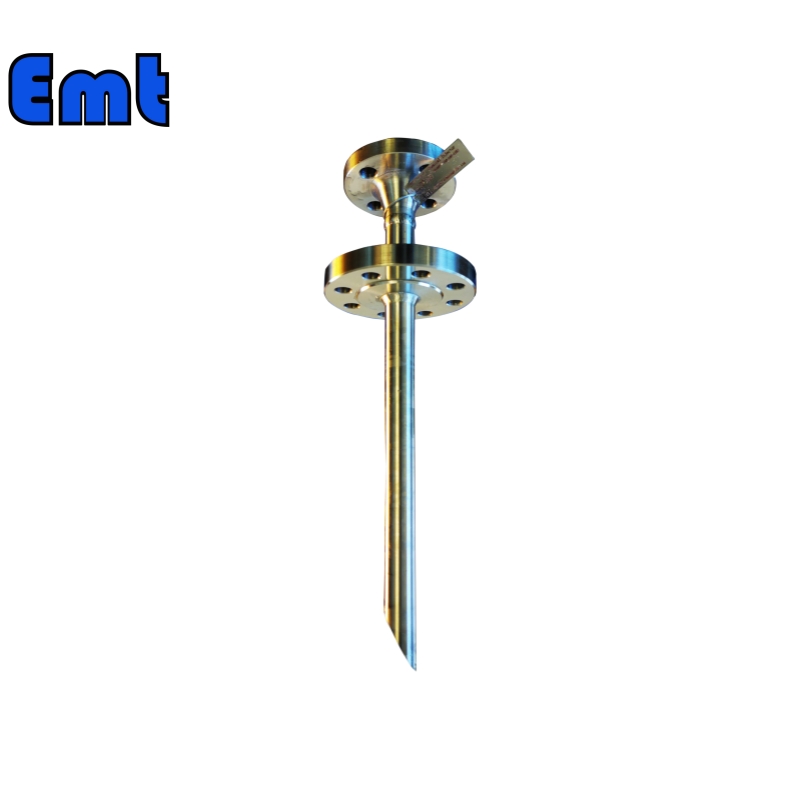
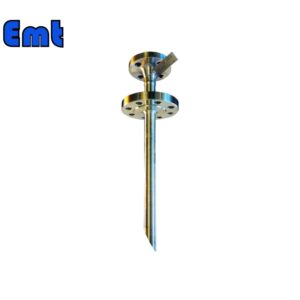
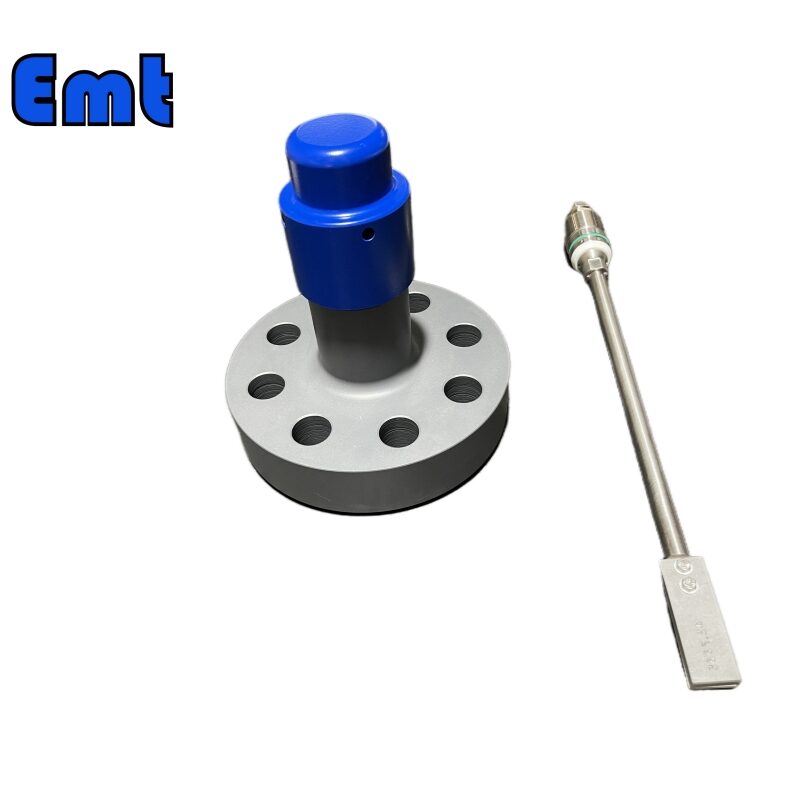
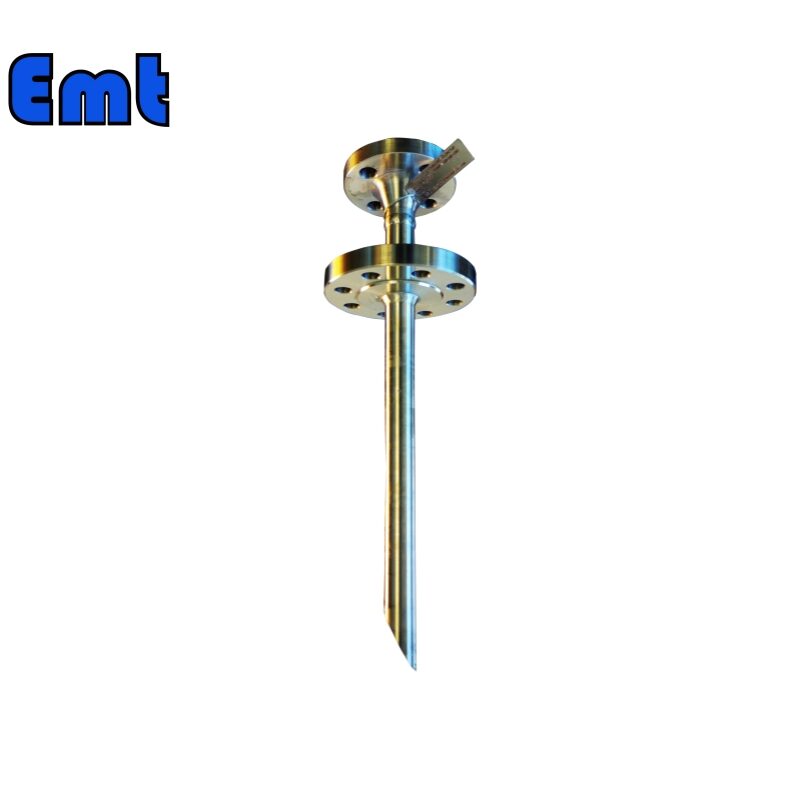
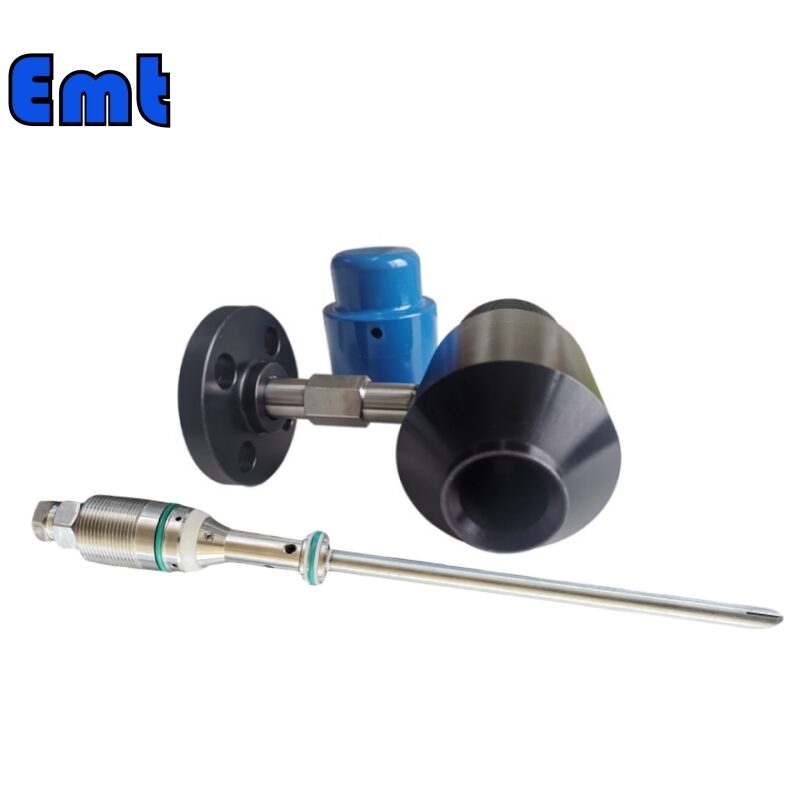

Reviews
There are no reviews yet.